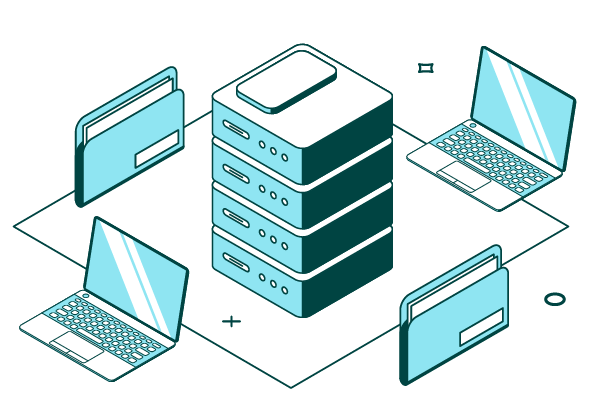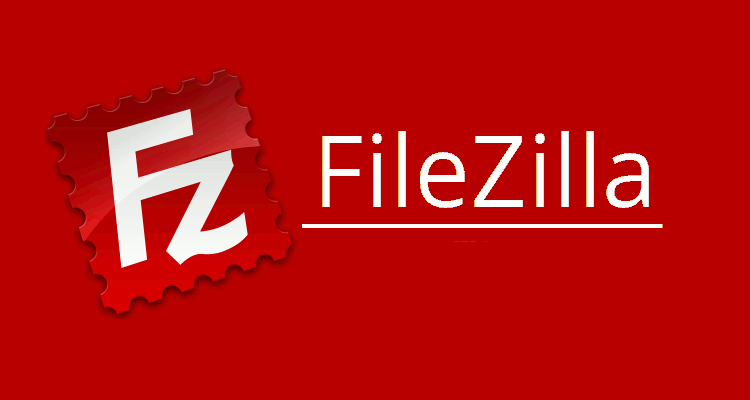In our interconnected world, the ability to exchange data securely is a cornerstone of modern communication and commerce. From confidential business documents to sensitive personal information, the need for secure data transfer mechanisms is more critical than ever. This is where SFTP servers come into play, providing a reliable method for transferring data with robust security measures in place. As we delve into the world of SFTP servers, we will discover why they have become an essential tool for safe data exchange in today’s digital landscape.

Source: globalscape.com
Contents
What is SFTP?
SFTP, an acronym for Secure File Transfer Protocol, serves as a more secure evolution of the classic File Transfer Protocol (FTP). It facilitates the transfer of files across a network using a secure, encrypted connection. In the realm of data security, Secure File Transfer Protocol represents a significant advancement over FTP by encapsulating data within secure shell (SSH) connections. This method effectively shields the transfer process from potential eavesdroppers, analogous to sending a letter safely locked within a briefcase rather than a see-through envelope. The importance of this secure layer is crucial in the digital age, where maintaining the confidentiality and integrity of data during transit is not just a convenience but a strict necessity for protecting sensitive information across increasingly complex network infrastructures.
How Does SFTP Work?
The operation of SFTP is based on a client-server model, a common framework for many internet protocols. When the client initiates a connection to an SFTP server, a handshake process begins, leading to the establishment of a secure session upon successful user authentication. This is where the robustness of Secure File Transfer Protocol shines; it utilizes robust encryption algorithms to protect data in transit, effectively rendering the data unintelligible to any unauthorized party that might intercept the communication. Whether authentication is done through passwords, SSH keys, or a combination of both, it serves as a gatekeeper, ensuring that only those with explicit permission can access the data. This is something you can see firsthand at https://www.goanywhere.com/products/goanywhere-mft/file-servers/sftp-server.

Source: kiteworks.com
Benefits
Choosing SFTP for data exchange brings a plethora of benefits, making it a standout choice for secure communications. Its foremost advantage is the level of security it provides; through the use of encryption, it ensures that data remains inaccessible to unauthorized parties. In addition to its formidable security features, SFTP is also lauded for its reliability. It offers built-in mechanisms capable of detecting and correcting errors, such as interrupted transfers, which goes a long way in mitigating the risk of data corruption or loss of information. Moreover, Secure File Transfer Protocol is renowned for its user-friendliness, boasting a smooth integration with various operating systems and a command structure that will be immediately familiar to those who have used traditional FTP, thereby greatly reducing the learning curve.
Key Features of SFTP Servers
SFTP servers come with essential features designed to enhance data security. User authentication, which can be based on passwords, keys, or a combination thereof, ensures that only authorized users can access the server. Access control measures grant permissions to different users, safeguarding sensitive files from unauthorized alterations. Additionally, Secure File Transfer Protocol servers verify file integrity post-transfer, ensuring that data has not been tampered with during transmission.
Popular SFTP Server Software
Several SFTP server software options are available, catering to different needs and budgets. Free solutions like OpenSSH and FileZilla offer basic functionality suitable for individual or small-scale use. On the other hand, paid solutions like SolarWinds SFTP/SCP Server and Bitvise provide enhanced features for enterprise environments, including improved user interfaces, advanced user management, and additional security options, justifying their cost for larger organizations.

Source: blogandweb.com
Setting Up an SFTP Server
To set up a Secure File Transfer Protocol server, one needs to first ensure their server meets the necessary requirements, such as a supported operating system and sufficient hardware resources. The next steps involve installing SFTP server software, configuring user access permissions, and setting up authentication methods. It’s crucial to also configure the network, including port forwarding if necessary, to allow for external connections to the SFTP server while maintaining security.
Configuring SFTP Clients
Configuring SFTP clients for secure data exchange involves installing client software on the user’s device and setting it up to connect to the Secure File Transfer Protocol server. Common client software includes WinSCP and Cyberduck, which provide user-friendly interfaces. The configuration process typically requires entering the server’s address, the user’s credentials, and specifying the authentication method. It’s also possible to save these settings for future sessions to streamline the connection process.
SFTP vs. FTP: A Comparison
While SFTP and traditional FTP are both used for file transfer, they differ significantly in security aspects. SFTP encrypts data, preventing unauthorized disclosure of information during transfer. FTP, however, sends data in plain text, which can be easily intercepted. This stark contrast places Secure File Transfer Protocol as the superior option when security is a concern. Additionally, SFTP’s use of a single port for data and control commands simplifies firewall configuration compared to FTP.

Source: blog.runcloud.io
Use Cases for SFTP Servers
SFTP servers are indispensable in scenarios requiring secure data transfer. In business, they protect corporate data during remote server updates or when sharing files with external partners. For personal use, Secure File Transfer Protocol serves as a safe means of managing files on a hosted web server or when transferring sensitive information, such as legal documents or personal photographs. In all instances, SFTP provides the security and reliability needed for peace of mind.
Best Practices for Secure Data Exchange
Maintaining security while using SFTP servers involves adhering to best practices. Regularly updating the Secure File Transfer Protocol server software and client applications is critical to protect against vulnerabilities. Effective password management, including the use of strong, unique passwords and regular changes, further fortifies security. Additionally, routine audits of user permissions help ensure that only the appropriate individuals have access to sensitive data. Implementing these measures creates a robust defense against potential security breaches.
Conclusion
The importance of SFTP servers in the realm of safe data exchange cannot be overstated. As cyber threats evolve, the need for secure file transfer protocols becomes increasingly critical. Secure File Transfer Protocol stands out as a solution that combines security, reliability, and ease of use, making it an excellent choice for businesses and individuals alike. By embracing SFTP for data transfer needs, one can significantly mitigate the risks associated with digital information exchange. Whether you are a tech novice or a seasoned professional, the implementation of a Secure File Transfer Protocol server could be a pivotal step towards securing your digital footprint.
